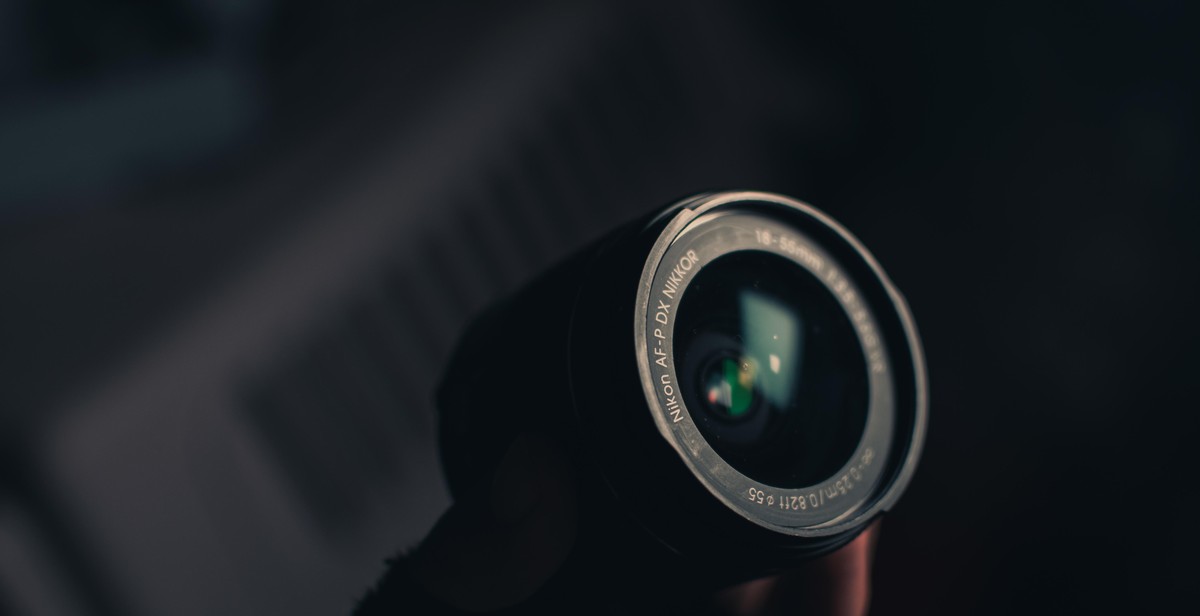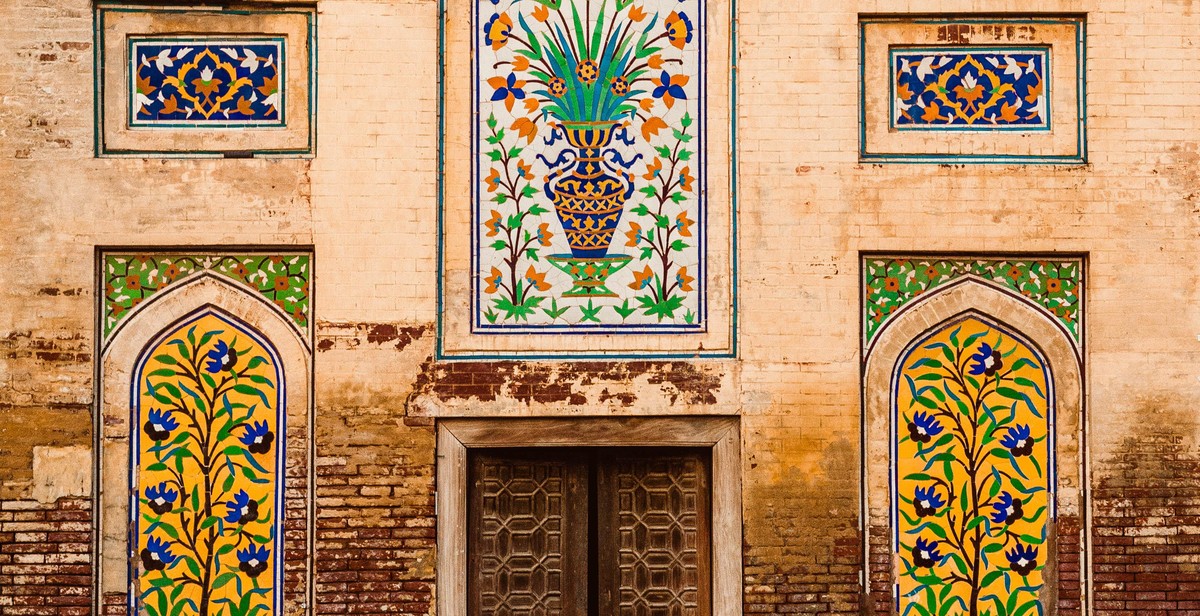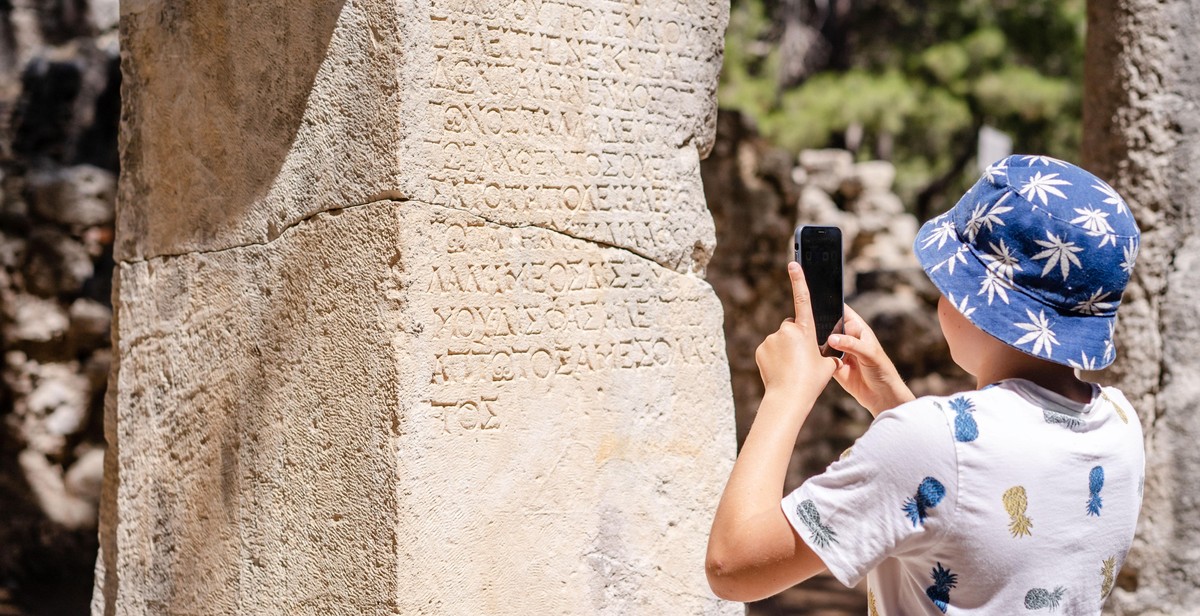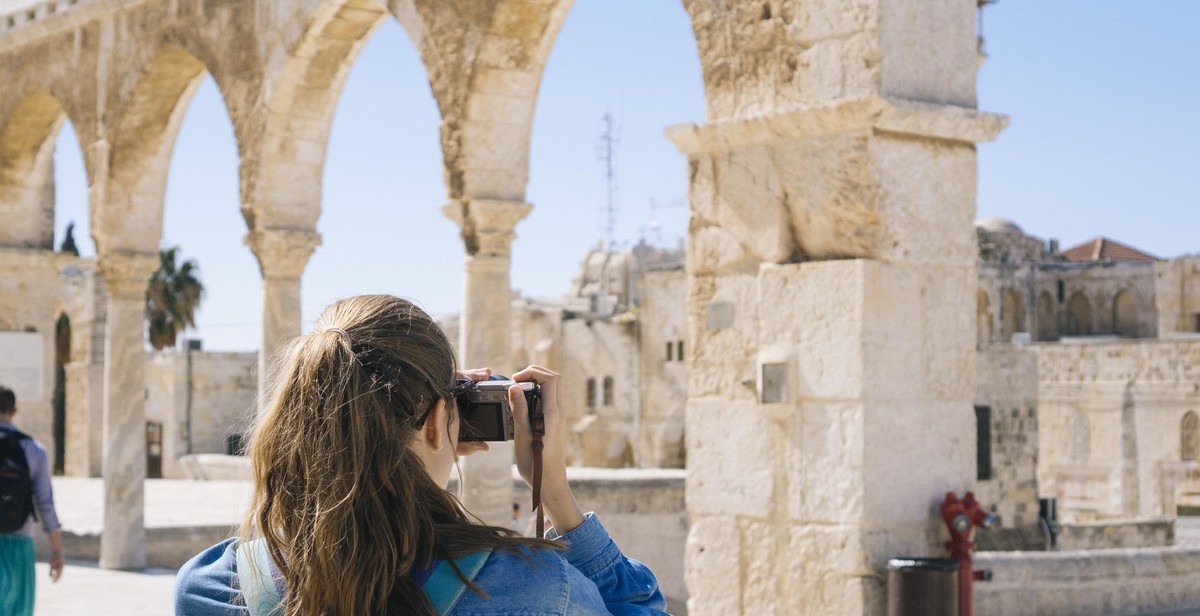How to Shoot Architecture Photography: Highlighting Structures and Details
Architecture photography is a challenging yet rewarding genre of photography. It requires a keen eye for detail and a deep understanding of composition to capture the beauty of buildings and structures. Whether you’re photographing a historic landmark or a modern skyscraper, there are certain techniques you can use to create stunning images that highlight the structures and details.
Understanding Composition
Composition is crucial in architecture photography. It involves arranging the elements of an image in a way that creates a visually appealing and balanced photo. When photographing buildings, it’s essential to consider the lines, shapes, and patterns of the structure. Pay attention to the symmetry, balance, and contrast of the building’s design to create a harmonious composition.
Choosing the Right Equipment
The equipment you use can make a significant difference in the quality of your architecture photos. A wide-angle lens is ideal for capturing the entire building or structure in one shot, while a telephoto lens can help you focus on specific details. A sturdy tripod is also essential for keeping your camera steady and avoiding blurry images.
Working with Light
The right lighting can enhance the beauty of a building and create a mood in your photos. Pay attention to the direction and quality of light when photographing buildings. Consider shooting during the golden hour, when the light is soft and warm, or during blue hour, when the sky has a deep blue color. Experiment with different angles and positions to find the best lighting for your shot.
By following these tips, you can create stunning architecture photos that highlight the beauty of structures and details. In the following sections, we’ll explore each of these tips in more detail and provide examples of how to apply them in your photography.
Understanding Architecture Photography
Architecture photography is the art of capturing images of buildings and other structures. It is a specialized genre of photography that requires a keen eye for detail and an understanding of the principles of architecture.
Why is Architecture Photography Important?
Architecture photography is important for a number of reasons. It allows architects, designers, and builders to showcase their work and highlight their design skills. It also serves as a visual record of a building or structure, capturing its unique features and character for future generations to appreciate.
Additionally, architecture photography can be used for commercial purposes, such as in real estate listings or promotional materials for hotels, resorts, and other businesses. It can also be used for editorial purposes, such as in magazines and books about architecture and design.
Types of Architecture Photography
There are several types of architecture photography, each with its own unique approach and style. These include:
- Exterior photography: This type of photography involves capturing the exterior of a building or structure, focusing on its overall design, shape, and surroundings.
- Interior photography: This type of photography involves capturing the interior of a building or structure, focusing on its layout, materials, and details.
- Detail photography: This type of photography involves capturing specific details of a building or structure, such as its ornamentation, texture, or materials.
- Night photography: This type of photography involves capturing images of a building or structure at night, using artificial lighting to highlight its features and create a dramatic effect.
Each type of architecture photography requires a different set of skills and equipment, but all of them require a careful attention to detail and a deep appreciation for the art of architecture.

Equipment for Architecture Photography
When it comes to architecture photography, the right equipment can make all the difference in capturing stunning shots of buildings and structures. Here are the essential pieces of equipment you will need:
Camera
A good quality camera is essential for architecture photography. A high-resolution camera with manual controls will give you the flexibility to adjust settings such as shutter speed and aperture to capture the perfect shot. A full-frame camera is ideal for capturing the full details of a building, but a crop sensor camera can also produce great results.
Lenses
The right lens is crucial for architecture photography. A wide-angle lens will allow you to capture the entire building in one shot, while a tilt-shift lens can correct perspective distortion and keep the lines of the building straight. A zoom lens is also useful for getting closer shots of specific details or architectural features.
Tripod
A sturdy tripod is a must-have for architecture photography. It will keep your camera steady and allow you to take longer exposures without any camera shake. A tripod with a ball head will give you the flexibility to adjust the camera angle and composition easily.
Filters
Filters can be used to enhance your architecture photography. A polarizing filter can reduce reflections and enhance colors, while a neutral density filter can be used to slow down the shutter speed and create long exposures. Graduated filters can also be useful for balancing the exposure of the sky and the building.
Investing in the right equipment will help you take your architecture photography to the next level and capture stunning shots of buildings and structures.

Preparing for Architecture Photography
Before you start shooting architecture photography, you need to prepare yourself and your equipment. The following are some tips that will help you get ready for your photo shoot:
Scouting Locations
Scouting locations is an essential part of preparing for an architecture photography shoot. You need to know the best angles and perspectives to capture the structure, and the location of the building will determine the lighting conditions you will encounter.
Google Maps is a great tool for scouting locations. You can use it to get an idea of what the building looks like and the surrounding area. You should also visit the location in person to get a better feel for the building and its surroundings. This will help you plan your shoot and decide on the best equipment to use.
Understanding Light and Shadows
Light and shadows are critical elements in architecture photography. The direction and quality of light can dramatically affect the appearance of the building. You need to understand how to use light and shadows to highlight the structure’s features and create a mood.
Before you start shooting, take note of the direction of the sun and the time of day. This will help you plan your shots and decide on the best angles to capture the building’s features. You should also bring a tripod and experiment with different shutter speeds and aperture settings to get the best results.
Composition
Composition is another essential aspect of architecture photography. You need to consider the building’s lines, shapes, and patterns to create a visually appealing image. You should also think about the surrounding environment and how it can complement or contrast with the building.
When composing your shot, try to find a unique perspective that will make your image stand out. You can experiment with different angles, heights, and distances to create a dynamic composition. You should also pay attention to the details, such as the building’s texture and color.
By following these tips, you can prepare yourself and your equipment for an architecture photography shoot. With the right preparation, you can capture stunning images that highlight the structure’s features and details.

Shooting Techniques for Architecture Photography
Architecture photography requires a keen eye for detail and a good understanding of different shooting techniques. Here are some of the most effective techniques to highlight structures and details in architectural photography:
Straight-on Shot
A straight-on shot is the most common technique used in architecture photography. It involves positioning the camera perpendicular to the building’s facade. This technique is great for capturing the symmetry and lines of a building’s design. It is also ideal for showcasing the building’s overall shape and size.
Low-Angle Shot
A low-angle shot involves positioning the camera at a low level, usually at ground level. This technique is great for emphasizing the height and scale of tall buildings. It also adds a unique perspective to the image, making the building appear more imposing and grandiose.
High-Angle Shot
A high-angle shot involves positioning the camera at a high level, usually from a balcony or a rooftop. This technique is great for showcasing the building in its surroundings, such as the cityscape or the landscape. It also adds a sense of depth and context to the image.
Close-Up Shot
A close-up shot involves focusing on a specific detail or element of the building, such as a window, a door, or a decorative feature. This technique is great for highlighting the building’s unique features and intricate designs. It also adds a sense of intimacy and personality to the image.
Abstract Shot
An abstract shot involves taking a creative approach to architecture photography, focusing on shapes, patterns, and textures rather than the building’s overall form. This technique is great for creating visually stunning and thought-provoking images. It also allows the photographer to showcase their creativity and artistic vision.
| Technique | Advantages |
|---|---|
| Straight-on Shot | Captures symmetry and lines of building’s design |
| Low-Angle Shot | Emphasizes height and scale of tall buildings |
| High-Angle Shot | Contextualizes building in its surroundings |
| Close-Up Shot | Highlights unique features and intricate designs |
| Abstract Shot | Creatively showcases shapes, patterns, and textures |

Post-Processing for Architecture Photography
Post-processing is an essential part of modern photography. It is the process of enhancing and modifying images after they have been taken. For architecture photography, post-processing is crucial to highlight structures and details. Here are some post-processing techniques that can help you achieve stunning architecture photography.
Choosing the Right Software
There are many software options for post-processing architecture photography. Adobe Photoshop and Lightroom are among the most popular ones. They offer a wide range of tools and features to enhance and modify images. However, there are also other options such as Capture One, DxO PhotoLab, and ON1 Photo RAW. Choose the software that best suits your needs and budget.
Adjusting Exposure and Contrast
Exposure and contrast are vital elements in architecture photography. They can make or break an image. Adjusting exposure and contrast can help you bring out the details and textures of the structures. Use the software’s exposure and contrast tools to balance the highlights and shadows of the image.
Removing Distortion and Perspective Issues
Distortion and perspective issues can occur when shooting architecture photography. The lines of the structures may appear tilted or distorted. Use the software’s lens correction tools to correct these issues. You can also use the perspective correction tool to fix any perspective distortions.
Retouching and Enhancing Details
Retouching and enhancing details can help you bring out the best in your architecture photography. Use the software’s retouching tools to remove unwanted elements or distractions in the image. You can also use the sharpening tool to enhance the details and textures of the structures.
In conclusion, post-processing is a vital step in achieving stunning architecture photography. Choosing the right software, adjusting exposure and contrast, removing distortion and perspective issues, and retouching and enhancing details are some of the post-processing techniques that can help you achieve your desired results.
Conclusion
Architecture photography can be a challenging but rewarding genre. By focusing on structures and details, you can capture the essence of a building and showcase its unique features.
When shooting architecture photography, it’s important to consider the lighting, composition, and perspective. Experiment with different angles and viewpoints to find the best way to highlight the building’s features.
Use a tripod to keep your camera steady and take advantage of the available light. If necessary, use additional lighting to enhance the details of the building.
Remember to pay attention to the small details, such as the textures and patterns of the building’s surfaces. These can add interest and depth to your photographs.
Finally, post-processing is an essential part of architecture photography. Use editing software to enhance the colors and contrast, and to remove any distractions or imperfections.
With these tips and techniques, you can create stunning architecture photographs that showcase the beauty and uniqueness of the buildings you capture.
